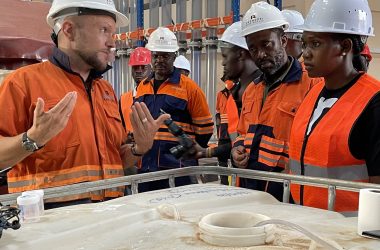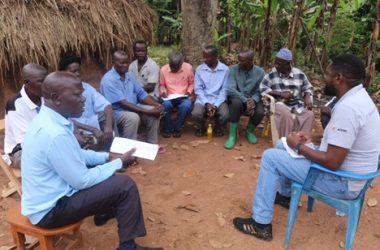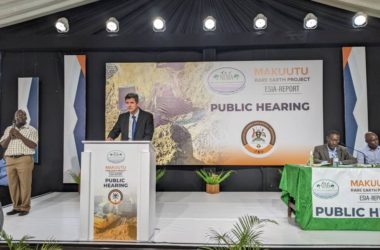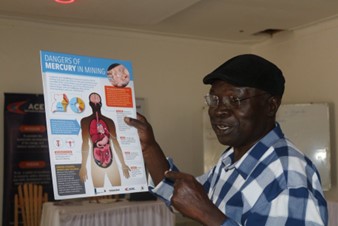Development Minerals have ascended government’s priority list of mineral beneficiation and manufacturing.
The minerals include construction materials like sand, clay, marble, murram, dimension stones and agro minerals, particularly phosphates.
Jonan Kandwanaho, senior planner at the National Planning Authority, speaking at the Mineral Wealth Conference 2021, said the National Development Plan (NDP) 3 prioritises five minerals including gold, copper, iron ore, phosphates and development minerals for value addition and manufacturing, and noted that the NDP3 is unique in that it is a shift from sector-based approach to program-based planning and budgeting.
He noted that there is growing demand for building materials that has birthed a booming construction sector growing at 15% annually, occasioned by a fast-growing population especially in the urban centers, estimated to 20 million by 2040, according to the 2018 Market Study and Value Chain Analysis of Development Minerals.
On the other hand, agro minerals like vermiculite and phosphates are core raw materials for fertilisers, feeding Uganda’s largest sector, agriculture, which comprises 65% of the country’s economic activity. A phosphates manufacturing plant is domiciled in the eastern district of Tororo.
According to the NDP3, the priority minerals under the Mineral Development Programme, one of eighteen programmes earmarked to attain Uganda’s Vision 2040, have been identified based on whether they exist in commercially viable quantities as well as their potential to impact the industrialization process.
Development Minerals particularly are usually found in proximity of communities and are distributed throughout the country, providing a source of livelihood for ordinary people, which conversely feeds into the country’s socioeconomic development agenda of reducing poverty by increasing household incomes.
Gabriel Data, assistant commissioner at the directorate of geological survey and mines, speaking at the conference, noted that already, the numerous cement industries operating in the country are a classic example of value addition which stimulates investment in other mineral commodities like pozzolana and gypsum.
According to a Mapping Study to understand ASM operations in Uganda by the Africa Center for Energy and Mineral Policy, Uganda’s construction industry demand contributes 12% of Uganda’s GDP. The abundance and demand for aggregate production translates into a competitive business for the local market.
Data noted that the energy ministry plans to install weigh bridges in Karamoja that is endowed with marble and limestone as a way of monitoring the production.
The Mining Bill 2021 that is currently awaiting parliamentary scrutiny, designates Development Minerals, hitherto known as building substances, whose extraction will be regulated and licensed by district local governments, indicating how importance a source of badly needed local revenue generation the minerals will be.
Since 2016, the ACP-EU programme in partnership with United Nations Development Programme (UNDP) has been promoting the profile of the development minerals, building capacity of different stakeholders and extending grants to ASMs, who are the majority players in the sector, to upscale their operations and enhance capacity.
For the Development Minerals sub sector to progress however, the NDP 3 indicates plans for implementation reforms geared towards formalising artisanal and small-scale miners, incentivising and easing acquisition of latest technology to use in the industry, which support the ACP-EU programme is already rendering in partnership with the UNDP.






